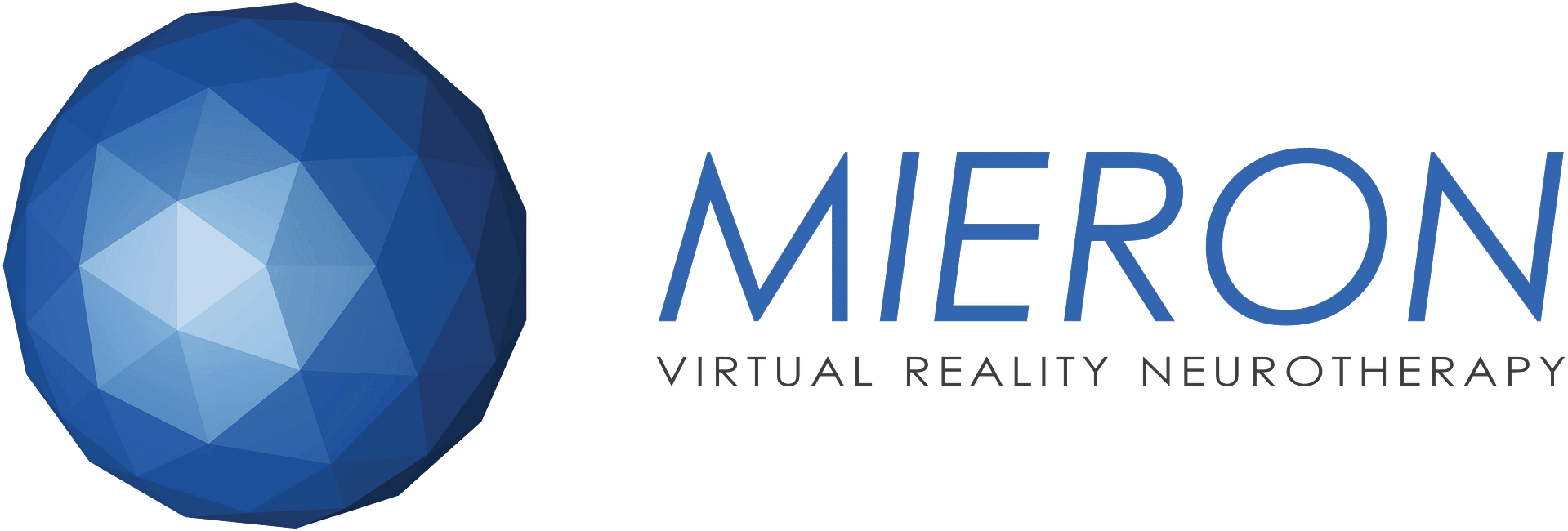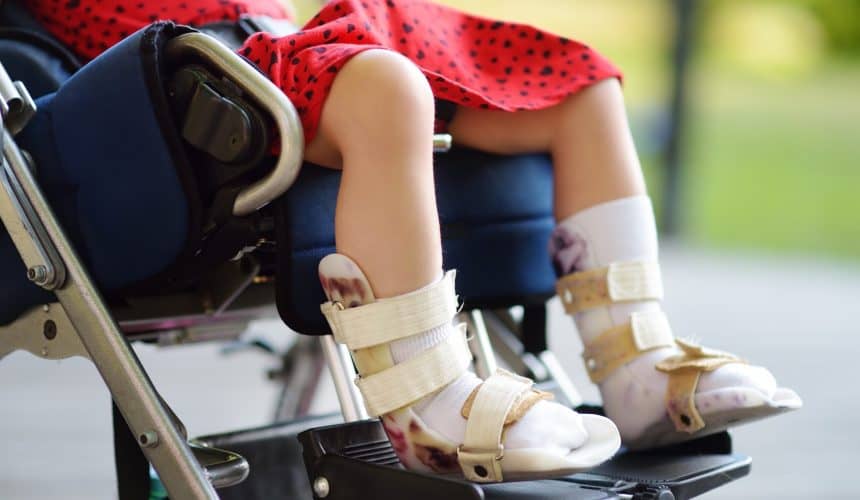Parents who have a child diagnosed with cerebral palsy spend a lot of their time and energy seeking out treatment options and taking their child to a variety of therapy appointments. People with CP will usually participate in physical, occupational, and other types of therapeutic appointments throughout their lives. They may also require other types of help to maximize their abilities and live an active, comfortable life for as long as possible. To that end, the idea of using virtual reality to help with medical and health conditions has made considerable strides for cerebral palsy patients. The Mieron Virtual Reality NeuroTherapy program offers a comprehensive solution to many of the problems associated with more traditional therapeutic forms.
What is Cerebral Palsy?
Approximately 17 million people all around the world live with Cerebral Palsy every day. It is a disability that people are born or develop shortly after birth with for a variety of reasons and there is no cure. The reasons all pertain to some type of brain injury that may include a lack of oxygen or other issues with the developing fetus or during the birthing process itself. Things like premature delivery, low birth weight, severe jaundice, Rh factor incompatibility, and a few distinct types of infections may increase the chance of a baby developing cerebral palsy but are not causes directly.
CP Comes With Various Disabilities
As the name implies, CP is associated with the brain and is frequently spastic in nature. This results in tight and stiff muscles throughout the body. There is also ataxic cerebral palsy, which causes shakes and tremors, and dyskinetic, which causes involuntary motions to occur. They all affect gross motor skills and dexterity to some degree, and can affect all limbs, the legs alone, or just one side of the body. Some people with cerebral palsy also have epilepsy, intellectual disabilities, blindness or visual impairment, verbal dyspraxia or apraxia, sleep disorders, and chronic pain.
Abilities Affected By Cerebral Palsy
Gross motor skills include things like walking, sitting, and performing large movements that take strength and coordination rather than manual dexterity. Some people with cerebral palsy can walk, climb stairs, and perform physical functions in much the same way as people without CP. Others require leg braces and canes, manual or motorized wheelchairs, and others always need help from an assistant or caregiver.
Fine motor skills and manual dexterity issues can make it difficult for someone with Cerebral Palsy to write, operate a computer, eat, play games, get dressed, bathe themselves, and handle other daily activities that many people take for granted.
Are there Treatments for Cerebral Palsy?
The collection of disorders known as Cerebral Palsy are lifelong issues that need management rather than treatment with a focus on a cure. However, early intervention and aggressive treatments can maximize ability in both the short and long-term in order to improve independence and minimize quality-of-life issues like pain.
Physical Therapy for Cerebral Palsy
The most common treatment options for CP include different types of physical therapy. Even infants can engage in this type of rehabilitation to minimize the effects of this disability over time. The goals include improved muscle strength, increased control over movements, balance when sitting and standing if possible, and mobility. A large part of PT usually involves learning how to use orthotic devices like leg braces and splints, walkers, wheelchairs, and other assistive aids.
Occupational Therapy for Everyday Activities
With a focus on maximizing independence, occupational therapy helps a person with cerebral palsy learn how to do things like take care of their own hygiene, get dressed, and similar day-to-day activities. This undoubtedly starts when a child is very young, but they continue over time as new experiences and challenges present themselves.
Speech and Oral Therapies
For people with CP who have difficulty speaking or using language effectively, multiple types of speech therapy exist. Also, people with cerebral palsy can learn sign language or use language boards and other tech devices frequently seen in use with autistic people. Oral therapy unrelated to speech may include help for those with excessive saliva production and poor swallowing capabilities, which are also symptoms that some experience.
The Possibilities of Medication
No prescription or over-the-counter drugs exist to treat cerebral palsy itself. However, things like muscle relaxants and anti-seizure medications may alleviate some symptoms. Both oral and injected medications exist that focus on different issues experienced by people with cerebral palsy.
Surgical Intervention for Extreme Cases
Although it is not common, some individuals with Cerebral Palsy may experience improved quality of life with surgery for a crooked spinal column, excessively tightened musculature or tendons, or physical realignments so that sitting or moving is possible and more comfortable. Surgery that blocks or bisects nerves that cause excessive spasticity may also be an option for some people.
How can MieronVR help patients with Cerebral Palsy?
The ongoing nature of physical, occupational, and other therapies specifically designed for the treatment of cerebral palsy make them rather disruptive to everyday life. When the goal is as much independence as possible without sacrificing functional ability, mobility, or happiness, finding at-home therapeutic possibilities makes a big difference. The MieronVR system offers exactly that to many people with cerebral palsy and other chronic and acute conditions.
In order to reap the benefits of any type of therapeutic process for a permanent condition like CP, the activities themselves need to continue on a regular schedule for life. With any lifetime disability, daily therapeutic and fitness activities help to improve and maintain abilities and independence. This makes a self-directed or assisted system like MieronVR an excellent choice for almost all facets of CP therapy.
The headset, adaptive accessories and software library included in the MieronVR system is comfortable to wear, easy to put on and take off, and offers the opportunity for people of all ages to engage in an interesting and highly effective process. Healthcare innovation pushes forward all the time, and the therapeutic exercises of Virtual Reality NeuroTherapy is one of the most prominent improvements across the board. What makes it work so well for Cerebral Palsy?
Different experiences in the MieronVR library focus on unique benefit, and also offer the fun ability for you to get creative with how you use it. In the collection of Virtual Reality NeuroTherapy (VRNT) exercises comes a variety of entertaining and engaging fantasy and real-world virtual settings. Work on gross motor skills and balance while competing for points, reps, and achievements. The VRNT exercises not only provide essential physical exercises but also mental stimulation to keep people interested, engaged and happy. The same occurs for fine motor skills and occupational therapy situations. One of the best things about using this type of system is how easily it engages the mind and promotes additional effort naturally and without high-pressure tactics. People who use Virtual Reality NeuroTherapy to help with therapy for Cerebral Palsy get the most benefits when they are eager to stick with the plan, make improvements to boost their confidence and self-esteem, and engage with new and interesting activities that stave off boredom or frustration.






